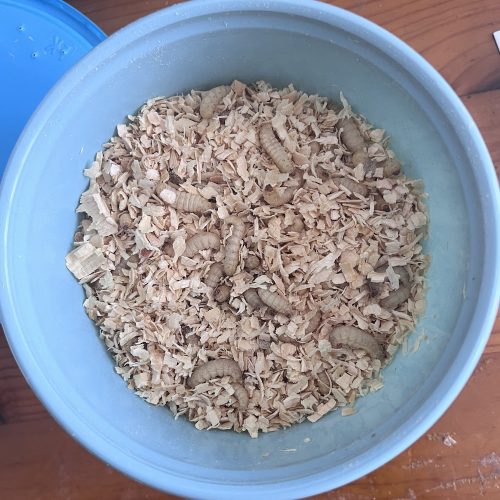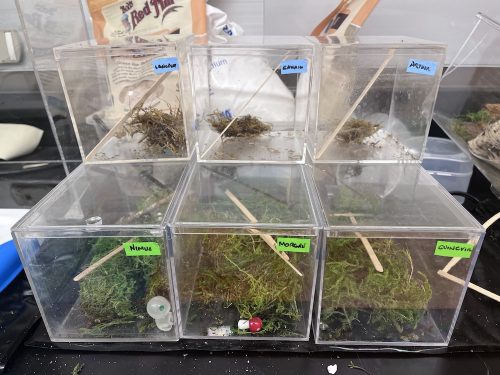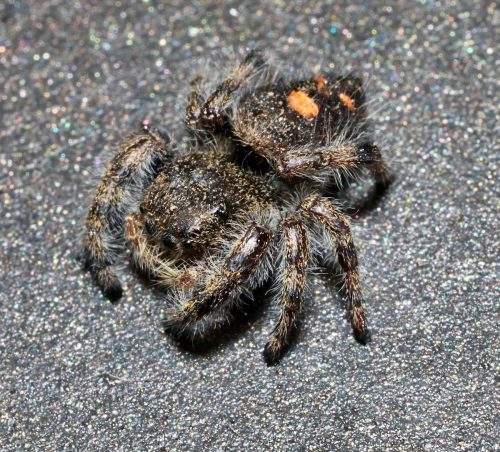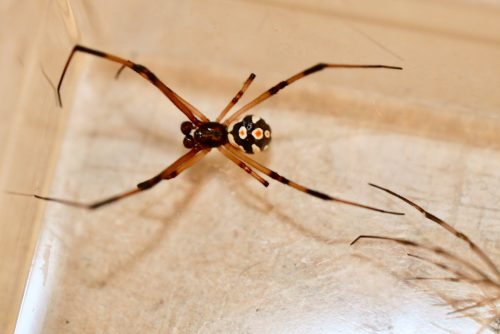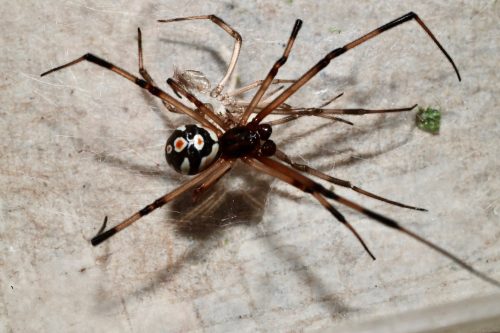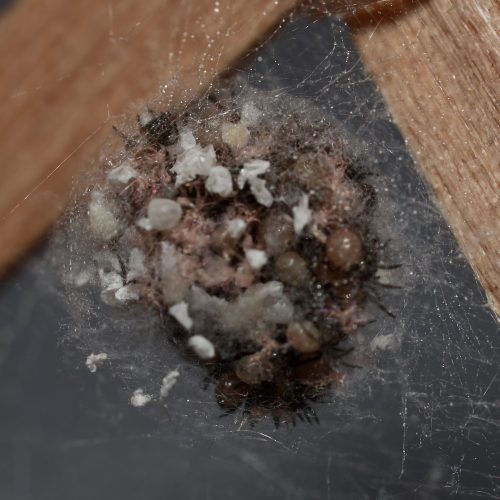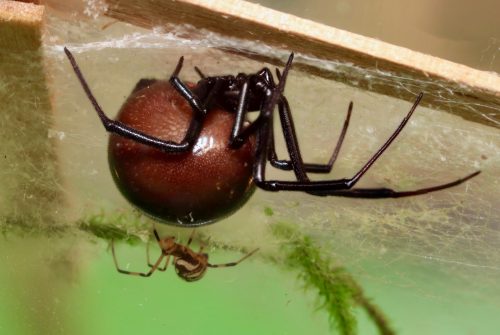When I become an evil overlord, that will be my catchphrase: “The spiders will feast tonight!”
I got to the bait shop this morning shortly after they got a bulk delivery, and just before they parceled them out into smaller batches, so I was able to buy a whole tub of 20 dozen (240) waxworms for $15.99. That’ll take care of feeding supplies for the next few weeks, right through Christmas, so mission accomplished.
Look at all that squirmy cold protein in thin casings! I was tempted to pop a few in my mouth, but that would be taking food from my babies, so I didn’t.

